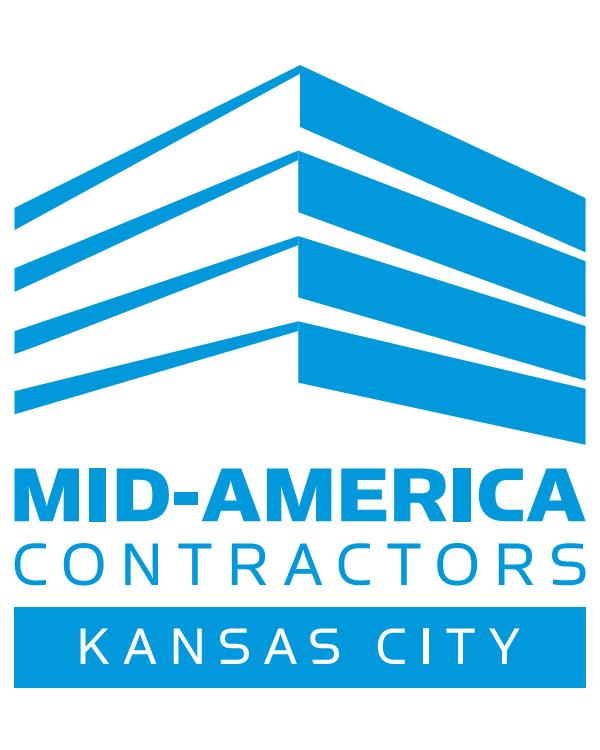If you’re planning a kitchen, bathroom, or office remodel, one of the most important decisions you’ll face is whether to choose custom-built cabinets or opt for mass-produced imports. While big-box options may appear convenient, 2025’s new U.S. cabinet tariffs are reshaping the market—and increasingly favoring investments in American-made custom cabinetry.
What Are Custom Cabinets?
Custom cabinets are built to your order, designed for your space, style, and storage needs. Unlike standard, mass-produced cabinets, custom cabinetry is crafted by skilled professionals—often locally—using a wide range of materials and finishes. While many custom shops use domestic hardwoods and premium plywood, actual material quality can depend on the maker and your selections.
Why Custom Cabinets May Offer Greater Value
* Precise Fit for Your Home: Custom cabinets are tailored to your room’s unique dimensions, minimizing wasted space and awkward gaps. This can be especially valuable in historic properties with irregular walls or contemporary homes with unconventional layouts.
* Focused on Materials and Craftsmanship: Although custom cabinets often use premium wood and finishes, some workshops may offer options ranging from solid hardwood to engineered wood products. By working with a reputable local maker, you can confirm the materials and construction practices used to ensure quality and durability.
* Unlimited Design Flexibility: From wood species and finish to hardware and internal storage features (such as soft-close drawers or hidden spice racks), custom cabinets provide virtually endless customization based on your vision and budget.
* Local Economic and Environmental Impact: American cabinet shops frequently source at least some materials regionally and manufacture products here in the U.S., contributing to local jobs and often improving supply chain transparency. Ask your cabinetmaker about their sourcing and environmental impact.
2025 Tariffs Reshape the Cabinet Market
In the wake of ongoing trade actions, the U.S. government has implemented updated tariffs affecting imported cabinets, particularly those believed to be circumventing trade laws. As of 2025, the following tariffs may apply, according to recent Department of Commerce and International Trade Commission updates:
* Up to 46%: Vietnamese cabinets (linked to circumvention of anti-dumping duties)
* About 20% average: Chinese cabinetry (existing anti-dumping and countervailing measures)
* Up to 25%: Some Canadian and Mexican imports, especially if classified under broader wood product disputes (rates by product and origin may vary)
Varying rates: Other countries can be subject to 10% or more depending on period-specific trade actions or Section 301 tariffs
Tariff rates and affected products change over time and may differ by importer. For the latest and most accurate information, consult the U.S. Department of Commerce or trade commission announcements.
These tariffs are raising the costs of many imported, mass-produced cabinets—especially in big-box retail channels. As a result, the traditional price advantage for imports is shrinking, making custom-built, American-made cabinetry increasingly competitive, both in terms of pricing and value.
Comparing Costs and Quality
While custom cabinets are usually more expensive up-front, the gap with imports has narrowed in 2025 due to tariffs and supply chain disruptions. Some imported cabinets can still offer solid quality—look for trusted certifications and transparency from your supplier. Consumers should always compare updated bids, material specifications, and production timelines before making a final decision.
Making an Informed Choice
The right cabinetry can make all the difference in your project’s beauty, function, and value. If supporting local jobs, custom design, and transparent materials matter to you—and you want to avoid tariff-driven price swings—investigating American-made custom cabinetry is a wise move in 2025.

